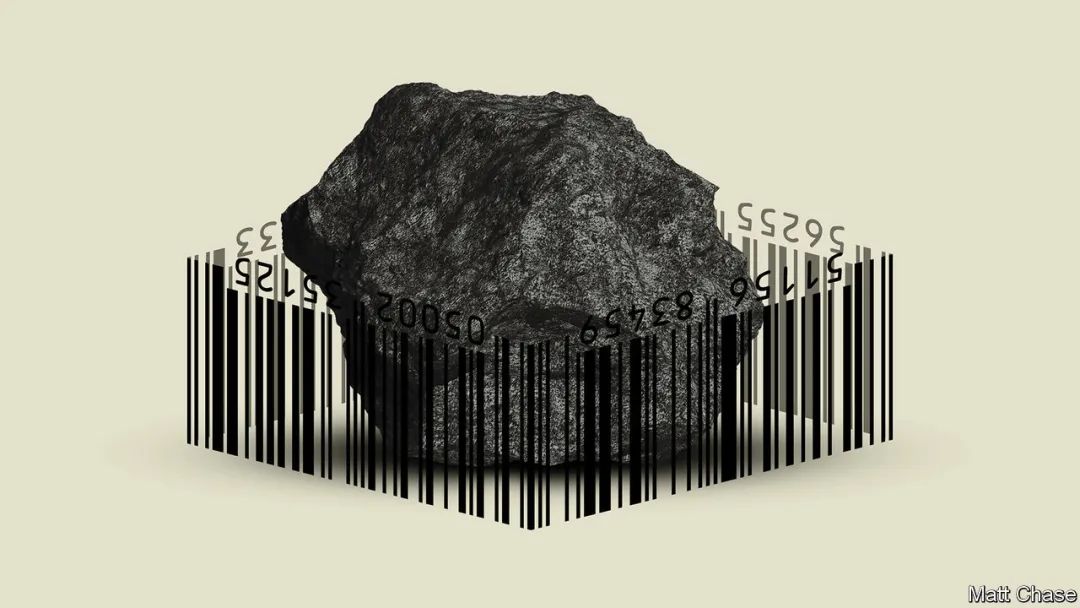 双十一钜惠进行中!即刻扫码享受低价订阅全年!
双十一钜惠进行中!即刻扫码享受低价订阅全年!

How carbon prices are taking over the world
Green light
绿灯行
How carbon prices are taking over the world
碳定价如何征服世界
A quarter of global emissions are now covered, and the share is rising fast
目前它已覆盖了全球四分之一的碳排放,而且这一比例还在快速上升【深度】
IF GLOBAL WARMING is to be limited, the world must forget fossil fuels as fast as possible—that much almost everyone agrees upon. How to do so is the complicated part. Economists have long favoured putting a price on carbon, a mechanism Europe introduced in 2005. Doing so allows the market to identify the cheapest unit of greenhouse gas to cut, and thus society to fight climate change at the lowest cost. Others, including many American politicians, worry that such schemes will provoke a backlash by raising consumer costs. Under President Joe Biden, America is instead doling out hundreds of billions of dollars to turn supply chains green.
要想限制全球变暖,世界必须尽快放弃化石燃料——这几乎是人类的共识。但困难之处在于如何做到。经济学家长期都支持欧洲在2005年推出的碳定价机制。给碳定价可以让市场找到减排成本最低的温室气体,从而让社会以最低的成本应对气候变化。包括不少美国政客在内的其他人则担心,这样的体系会因提高消费者成本而遭到抵制。在总统拜登的领导下,美国另辟蹊径,正拿出数千亿美元来打造绿色供应链。Yet, remarkably, the rest of the world is beginning to look more European—with carbon prices spreading in countries both rich and poor. Take Indonesia, the world’s ninth-biggest polluter. Although it releases 620m tonnes of carbon-dioxide equivalent a year, with almost half its soaring energy consumption coming from coal, the country has green ambitions. On September 26th, at the launch of its first carbon market, Joko Widodo, the president, talked up its prospects as a hub for the carbon trade, and local banks duly snapped up credits from a geothermal-energy firm. The country also introduced an emissions-trading scheme in February, which requires large coal-fired plants to buy permits for emissions above a threshold.
然而,值得注意的是,随着碳定价在富国和穷国都得到推广,世界其他地区越发向欧洲看齐。以世界第九大排放国印尼为例,尽管印尼每年排放6.2亿吨二氧化碳当量,且它飙升的能源消耗几乎有一半来自煤炭,但该国仍不失环保雄心。9月26日,在印尼首个碳交易市场的启动仪式上,总统佐科大谈它作为碳交易中心的前景,多家本地银行也适时从一家地热能源公司争相购买碳信用额。今年2月,印尼还启动了一个碳排放交易机制,要求大型燃煤发电厂在排放超过阈值时必须购买碳排放许可。In short, even in countries better known as polluters than green leaders, things are shifting. By the beginning of 2023, 23% of global emissions were covered by a carbon price, up from just 5% in 2010. The spread will only accelerate over the coming years as more countries come round to the advantages of carbon pricing, and schemes expand their reach. According to the IMF, 49 countries have carbon-pricing schemes, and another 23 are considering them. On October 1st the EU launched a groundbreaking policy under a dreary name. The “carbon border adjustment mechanism” (CBAM) will, by 2026, start to levy a carbon price on all the bloc’s imports, meaning that European companies will have a strong incentive to push suppliers around the world to go green.
简而言之,即使在那些更多以排放国而非环保先锋知名的国家,情况也在发生变化。到2023年初,碳定价覆盖了全球23%的温室气体排放,而2010年时这一比例仅为5%。随着更多国家开始认识到碳定价的好处,以及这类机制扩大覆盖面,未来几年碳定价的推广只会加速。根据国际货币基金组织的数据,目前已有49个国家建立了碳定价体系,另有23个国家正在考虑中。10月1日,欧盟推出了一项开创性的政策,名字很枯燥,叫“碳边境调节机制”(CBAM)。该机制规定,到2026年,将开始对欧盟所有进口商品征收碳排放费,这会让欧洲企业有强烈的动机去推动其全球供应商变得环保。... ...【想要继续阅读付费文章?】欢迎打开商论App,订阅后可获取全文中英双语版 ↓ 订双十一特惠订阅现已开启

双十一钜惠进行中!即刻扫码享受低价订阅全年!